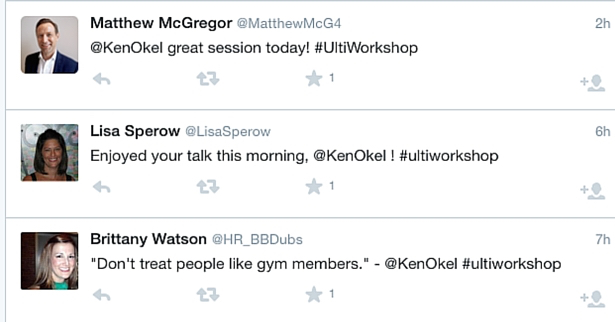 How do you react when there are mistakes at work? Often what happens is that the person behind the mistake is either raked over the coals in shame or is immediately forgiven and given a vague suggestion that the experience is a learning opportunity. In my experience, neither strategy works well.
How do you react when there are mistakes at work? Often what happens is that the person behind the mistake is either raked over the coals in shame or is immediately forgiven and given a vague suggestion that the experience is a learning opportunity. In my experience, neither strategy works well.
When the focus is just on blame or forgiveness, there’s not much time spent on figuring out what went wrong. This where growth occurs and progress is made.
The discussion needs to be done calmly and without egos making appearances. All must be committed to solving the mistake.
For the sake of clarification, let me provide an example that is inspired by the movie, This is Spinal Tap.
In our scenario, a giant balloon arch is ordered for a major corporate event. It needs to be ten feet high. Unfortunately, what was accidentally ordered, by an otherwise attentive employee, was a ten inch balloon arch.
I find the following formula can provide some good guidance for making sure this kind of problem doesn’t happen again:
What Are the Mistakes at Work?
Define the problem. Often people just focus on the outcome and not what went wrong. In this case, someone ordered the wrong size balloon arch. It was a simple case of mixing up the symbols for feet and inches and not having anyone else further review the order.
What’s the Bigger Picture?
While we know the mistake that produced the error, are there other factors involved? Further investigation might reveal the person who made the mistake with the balloon arch had been working long hours in an understaffed department.
Suddenly, the silly mistake may be a product of a larger problem. And that problem may produce future mistakes if it’s not addressed.
It’s entirely possible that the person who made the mistake may be a hero, who has succeeded under challenging circumstances, and surprisingly has not made even more mistakes.
How Can You Prevent the Mistake?
This is when you come up with a mutually agreed upon solution. In our scenario, that could be either having someone provide an extra pair of eyes on an important project or making extra help available when a staffing shortage could put too much strain on one department.
There’s no guarantee that this process will produce a solution and eliminate all mistakes. It does allow a team to think about problems differently, putting aside emotions and making sure that a possible path to success is clear.







